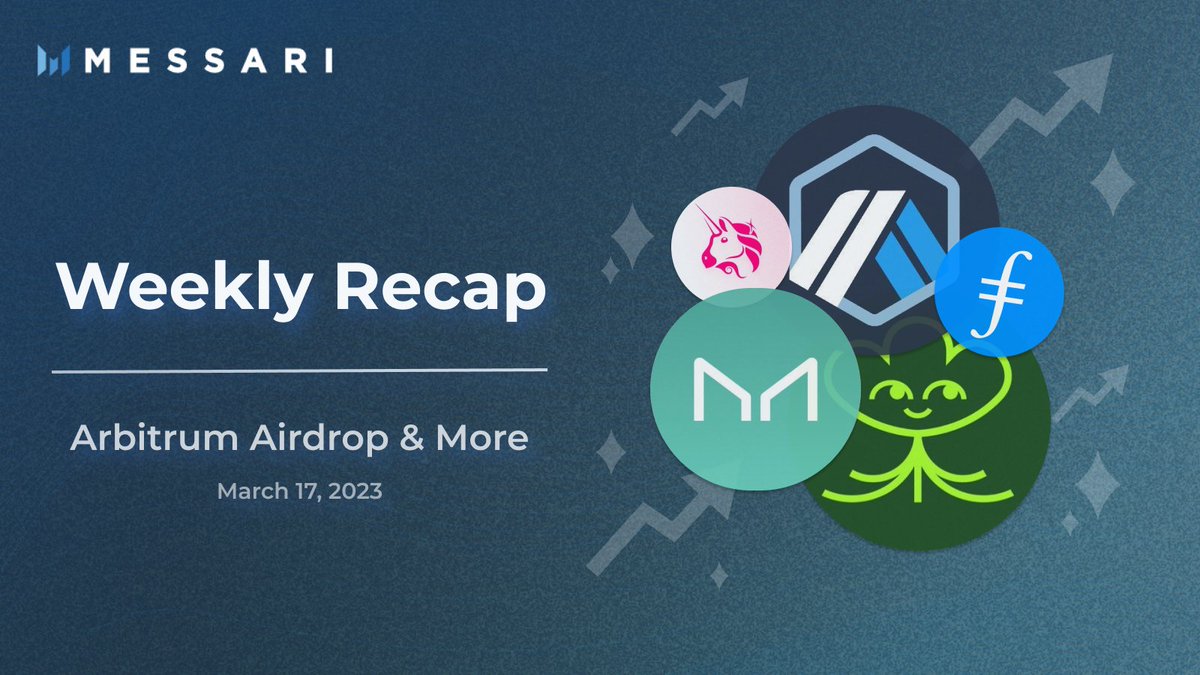
1/ Despite the external pressure being applied by U.S. regulatory authorities, the $XRP Ledger (XRPL), supported by @Ripple, aims to provide a digital payment infra not just for individuals, but also for existing financial entities such as central banks.
XRPL Overview👇🧵
XRPL Overview👇🧵

2/ ~Consensus
The XRPL uses a Proof-of-Association (PoA) consensus algorithm.
PoA requires each node to set a list of trusted nodes (UNL), which it will rely on for consensus.
The XRPL uses a Proof-of-Association (PoA) consensus algorithm.
PoA requires each node to set a list of trusted nodes (UNL), which it will rely on for consensus.
3/ All nodes on the XRPL run the same free, open-source software "rippled".
Validators are nodes involved in reaching consensus and voting on improvement proposals, while stock nodes receive, relay, and process transactions.
Nodes rely on their UNL to finalize the state.
Validators are nodes involved in reaching consensus and voting on improvement proposals, while stock nodes receive, relay, and process transactions.
Nodes rely on their UNL to finalize the state.
4/ New blocks, or "ledgers", are created every 3-5 seconds with the addition of new ledgers happening in two stages: consensus and validation.
Both consensus and validation require 80% thresholds.
Both consensus and validation require 80% thresholds.

5/ ~Feature Set
XRPL's feature set includes its Issued Currencies (IOUs), creating functionality for multiple assets.
Authorized Trust Lines, enabling issuers to choose which wallets can interact with their tokens.
And a central limit order book, supporting low-liquidity IOUs.
XRPL's feature set includes its Issued Currencies (IOUs), creating functionality for multiple assets.
Authorized Trust Lines, enabling issuers to choose which wallets can interact with their tokens.
And a central limit order book, supporting low-liquidity IOUs.
6/ ~Accounts
The XRPL has two types of keys:
+Master key pairs, which can authorize any transaction (cannot be revoked)
+Regular key pairs (can be assigned, updated, or revoked)
@Ripple has also built a private ledger for creating and managing CBDCs and stablecoins.
The XRPL has two types of keys:
+Master key pairs, which can authorize any transaction (cannot be revoked)
+Regular key pairs (can be assigned, updated, or revoked)
@Ripple has also built a private ledger for creating and managing CBDCs and stablecoins.
7/ ~Tokenomics
$XRP has several use cases on the network:
+Wallet reserves
+Trust Lines
+Transaction fees
$XRP has a total supply of 100B, with the circulating supply having an inflationary rate of ~5.4% since 2021.
$XRP has several use cases on the network:
+Wallet reserves
+Trust Lines
+Transaction fees
$XRP has a total supply of 100B, with the circulating supply having an inflationary rate of ~5.4% since 2021.

8/ For an in-depth look at XRP Ledger (XRPL), $XRP, including a brief background, a breakdown of its tech stack, tokenomics, network activity, roadmap, and an analysis of the competitive landscape, check out the full report for FREE from @redvelvetzip.
messari.io/article/xrp-le…
messari.io/article/xrp-le…
Subscribe to the Unqualified Opinions newsletter for world-class research from the Messari analysts, straight to your inbox!
messari.io/newsletter?utm…
messari.io/newsletter?utm…
• • •
Missing some Tweet in this thread? You can try to
force a refresh




















